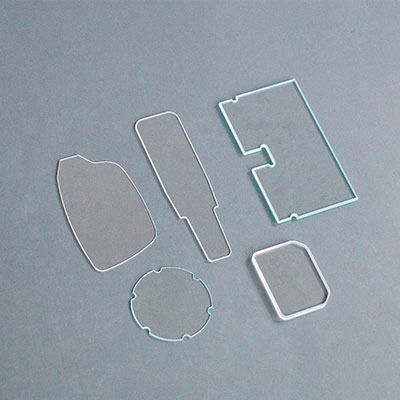Quartz glass sheet has its own unique optical properties, it can be through the far ultraviolet, is the most superior of all UV-transparent materials, but also through the visible light can be near infrared spectrum.
Due to the quartz glass high temperature resistance, thermal expansion coefficient is very small, good chemical stability, bubbles, stripes, uniformity, birefringence and comparable with the general optical glass, so it is in a variety of harsh occasions work with a high degree of stability of optical coefficients of the indispensable optical materials.
According to the optical properties can be divided into three categories:
1, far-ultraviolet class JGS1: transparent in the ultraviolet and visible spectral range, in the 185-2500nm band range without absorption band, in the 2600-2800nm band range of strong absorption band, non-luminescent, light radiation stability.
2、Ultraviolet JGS2: Transparent in the ultraviolet and visible spectral range, no absorption band in the range of 200-2500nm, strong absorption band in the range of 2600-2800nm, non-luminescent, stable light radiation.
3、Infrared JGS3: Transparent in the visible and infrared spectral range, no obvious absorption band in the 2600-2800nm band. Compared with ordinary silicate glass, transparent quartz glass has excellent transmittance properties throughout the wavelength head. In the infrared region spectral transmission than ordinary glass; in the visible region, the transmission rate of quartz glass is also relatively high. In the ultraviolet spectral region, especially in the short-wave ultraviolet region, the spectral transmission is much better than other glasses.

